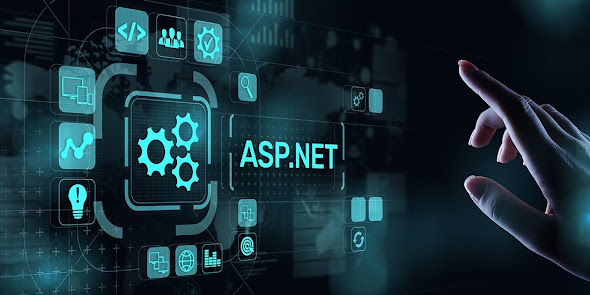Suggestions and Trends for the Development of Transport and Logistics Software
The transportation industry, which is essential for all industries, is a pillar of the global economy. Yet, handling the massive amount of data required for delivery of goods presents a challenge for contemporary transportation corporations.
By using logistics software to automate shipping and freight forwarding tasks, transportation businesses may streamline freight operations, save time, money, and provide better customer service. A transportation management system might be the answer to all problems (TMS). A few crucial pointers and techniques for creating software for logistic transportation have been presented.
What Does Software Development For Transport And Logistics Mean?
In order to maintain a smooth supply chain, warehouse management and shipping depend heavily on the logistics software development. Every company needs to handle its logistics requirements. When the correct technology is used, they perform better.
The world and technology are continually changing, as we are all aware. Similar to how software development for logistics is developing, organisations are now utilising similar features and tools to maximise their productivity.
The logistics sector makes extensive use of current developments to address particular business requirements. Yet, only a few trends in the logistics sector have proven to be in great demand recently and are still supporting firms in improving their offerings.
Digital twin technology: By digitalizing your operations, you may streamline and automate them to save money and time. The process will go more quickly and effectively. Even the digitization of many of your business procedures may be the outcome. Digital twin technology is one of the trends you should be aware of because of this.
By simulating actual items, such as a building or a product, the digital twin technology may test them, identify any potential flaws, and lessen future disruptions. It can also generate a mirror of their operations.
By gathering data on products and packaging, building 3D models to support infrastructure, and testing layouts to improve design and performance, it can, for instance, help protect shipments.


Comments
Post a Comment